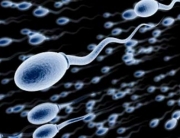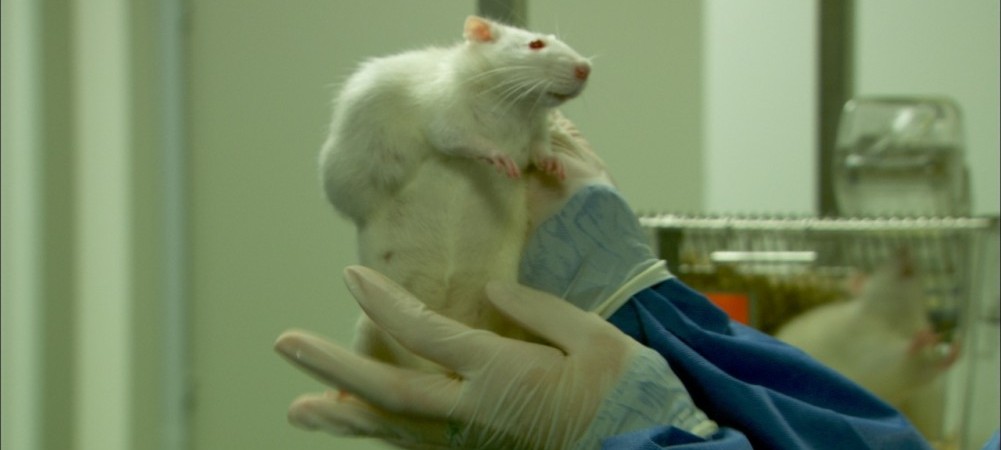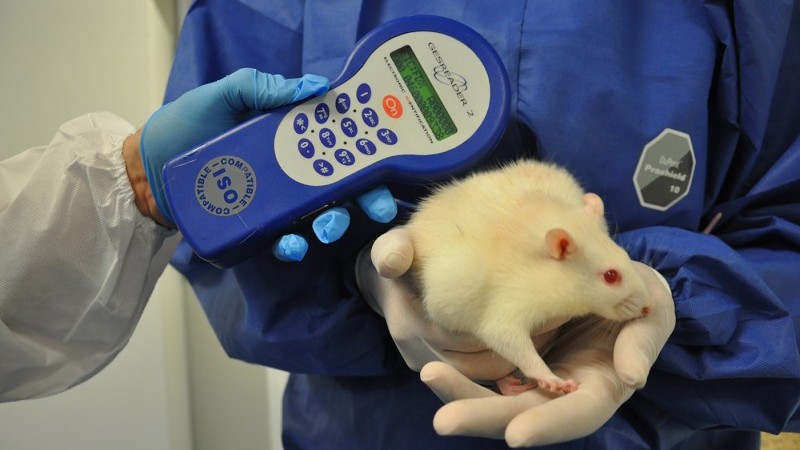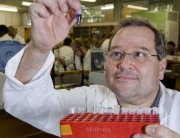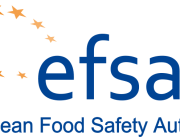In light of recent studies, researchers are accusing Brussels of being too slow to reassess the herbicide’s toxicity
Roundup and glyphosate, its active ingredient, are once again at the centre of controversy. In a report edited by Earth Open Source (EOS), a small British non-governmental organisation (NGO), about ten scientists, in light of new data, challenge the European Authorities over their lack of interest in reassessing the most widely used broad-spectrum herbicide in the world. The text that has been circulating on the Internet since June gathers indications that Monsanto’s leading pesticide is potentially teratogenic – i.e. causing foetal malformations.
Le Monde, 9 August 2011, Stéphane Foucart
The authors of the report quote especially a study published at the end of 2010, in Chemical Research in Toxicology, according to which the direct exposure of embryos from amphibians (Xenopus laevis), at low concentrations of glyphosate-containing herbicides, leads to malformations. Furthermore, this piece of research, conducted by the team of embryologist Andres Carrasco, at the University of Buenos Aires, identifies the biological mechanism responsible for this process. When exposed to the weedkiller, Xenopus laevis’ embryos synthesize more tretinoin, which is known to have a teratogenic effect on vertebrates.
Monsanto denies these findings, saying that an “unrealistic” exposure could also lead to the conclusion that caffeine is teratogenic. On its website, Monsanto adds: ”Glyphosate has no harmful effect on animal reproduction and does not lead to malformations in the offspring of animals exposed to glyphosate, even at high concentrations”.
Nevertheless, the last assessment report on glyphosate by the European Commission, dating back to 2001, based partly on toxicological studies sponsored by the pesticide manufacturer itself, indicate that at high concentrations in rats, glyphosate leads to “low numbers of viable foetuses and reduced foetal weight, as well as a delay in ossification and a higher incidence of anomalies of the skeleton and internal organs”. According to EOS, Andres Carrasco’s observations coincide with suspected effects on the human populations most exposed to Roundup – that is to say, in areas where genetically modified crops resistant to glyphosate (called Roundup Ready) prevail and therefore where the herbicide is the most extensively spread. An examination of the registers of the Argentinian province of Chaco showed, in the vicinity of La Leonesa, that the incidence of neonatal malformations had quadrupled during the 2001-2010 decade compared with the previous decade, 1990-2000.
According to Mr. Carrasco, the commission that carried out the survey recommended the authorities to launch a proper epidemiological study. “This recommendation was not followed,” says the scientist. A toxicologist working in the industry says: “It is likely that there is a problem in South America with phytosanitary products, however, it is very difficult to say that it is linked to glyphosate in particular.” He also blames the report from EOS for “simplifying” and “making a number of misleading comparisons”. He adds, “Furthermore, aerial spraying is the norm out there, unlike Europe where it is widely banned.” For the European Commission, the information gathered by EOS does not constitute a reason important enough to change the current agenda. Roundup’s last assessment dates back to 2002. The reassessment was scheduled for 2012, but added delays from Brussels will push back this new evaluation to 2015.
This delay is not the main reason for the NGO’s complaint. “New rules to assess pesticides, potentially more restrictive, are being finalised,” says Claire Robinson,
“At high concentrations in rats, glyphosate leads to a lower number of viable foetuses and a reduced foetal weight”
who coordinated the writing of the EOS report. “However, in order to give manufacturers time to adapt, the reassessment that will be submitted in 2015 will be based on the old regulations.” Which the Commission does not deny. The new rules – which should be “finalised in the autumn”, according to a source from the industry – foresee a mandatory examination of scientific literature as well as studies presented by food manufacturers. Therefore, the work published in specialist reviews by public sector laboratories will have to be systematically taken into account, even if “it does not mean that today they are systematically ignored, far from it,” says Thierry Mercier, from ANSES (Agence nationale de sécurité sanitaire de l’alimentation, de l’environnement et du travail = National Agency for Food Safety, environment and labour).
Nevertheless, for the EOS this makes a big difference. “Based on the old rules, glyphosate is likely to get a new authorisation,” says Ms Robinson. “Although we already know today the problems associated with it, we will have to wait until up to 2030 for this product to undergo a serious reassessment based on the new regulations.
Studies sponsored by food manufacturers must fulfill certain criteria about the animal species involved in the tests, the nature and the length of the exposure to the products tested, etc. University laboratories – like M. Carrasco’s – enjoy greater freedom. And the differences in findings are sometimes considerable.
Bisphenol A (BPA) is one example quoted by EOS. In a scientific review, published in 2005, in Environmental Health Perspectives, Frederick vom Saal (university of Missouri) estimated that 94 out of 115 academic studies published on the subject found that BPA had a significant effect on organisms, even at low concentrations. At the same time, none of nineteen studies sponsored by food manufacturers on the same subject shed light on such effects. In France, BPA was banned in 2010 in baby bottles.
In terms of glyphosate and its main breakdown product, aminomethylphosphonic acid (AMPA), several studies published in recent years shed light on their toxicity for some aquatic organisms.
”Molecules of glyphosate or AMPA are not a problem in themselves, at least less than others, explains Laure Mamy, researcher at the Institut national de la recherche agronomique (INRA) (National Institute for Agronomic Research) and specialist in what happens to these products in the environment. The problem is quantity. The concentration makes the poison.” However, even if glyphosate breaks down relatively quickly, “AMPA can persist for several months in the soil”. In France, according to the Institut français de l’environment (IFEN) (French Institute on environmental issues), this molecule is currently the most frequent contaminant found in surface water.
The main problem with Roundup is therefore its success. Weed resistance has emerged in recent years, particularly on the American continent, where genetically modified crops have allowed Roundup to be used on a massive scale. Weeds are starting to be less sensitive or are even completely resistant to Monsanto’s leading herbicide. “However, when this resistance starts to appear, we are sometimes tempted to spread larger quantities,” says Laure Mamy.
POEA, an adjuvant more toxic than glyphosate
In some countries, Roundup contains polyoxyethylene amine (POEA), a chemical adjuvant (added ingredient) that increases the effectiveness of glyphosate. In Europe, member states are responsible for assessing the toxicity of such additives. “In the Roundup formulation, the proven toxicity is more induced by POEA than by glyphosate itself,” says a toxicologist from the industry. “It is common knowledge.”
In the preliminary version of its last evaluation report, Germany – the EU rapporteur on glyphosate – specified that POEA “should be carefully assessed at member state level, because substances of the same group can, depending on their concentration, have irritating or cytotoxic properties” (harmful for cells).
English translation by New Europe Translations. French original at: http://www.lemonde.fr/planete/article/2011/08/08/nouvelles-charges-contre-le-roundup-de-monsanto_1557288_3244.html























